For Bon Appetit, by Joshua M. Bernstein.
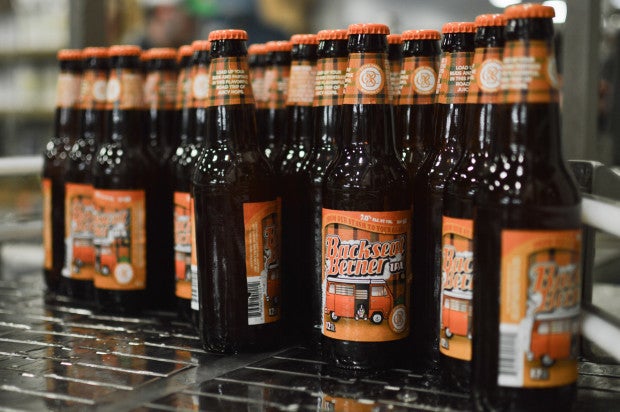
This is Foaming at the Mouth, Joshua M. Bernstein’s hopped-up adventures in the ever-expanding universe of beer. And yes, he would like another round, please.
Everyone loves IPAs, right? That was my theory when I started writing Complete IPA, my deep dive into the recent phenomenon that’s seen IPAs take over tap lines from L.A. to Tokyo, Rio to Berlin and beer-soaked lands in between. But as I, uh, endlessly researched (hey, that double IPA ain’t going to drink itself), I discovered both bitter revelation and opposition: “I don’t like IPAs,” I heard time and again.
Anchovies? Blue cheese? I get the intense dislike. What’s not to love about fragrant IPAs? They’re flavor chameleons, tasting like rainbow sorbet or evoking pine forests, sipping as smooth as gelato or spiky with bitterness. They’re blank slates for breweries’ experimental whims.
The IPA is not one thing, it’s everything, with flavor combinations as infinite and inventive as Ben and Jerry’s ice cream. I’ve heard the complaints, the bitterness and booziness, staleness and uncertainty. Whatever your beef with IPAs, I guarantee I’ve got one you’ll actually like.
Problem: You don’t like bitter beers
Fix: Try the new-breed Northeast-style IPAs.
During the IPA’s early millennium ascent, brewers escalated bitterness, constantly one-upping each other with beers so bitter you could barely finish a bottle. It was like sports bars serving ever-fierier chicken wings.
That fad’s phasing out. By using hops (especially varieties evocative of things like tropical fruit and ripe peaches) later in the brewing process, beer makers intensify fragrances and aromas, not bitterness. Keep the beer unfiltered for a foggier color and fuller flavor, maybe add oats and wheat for smoothness, and you have a template for the juicy new-school IPA that’s sweeping the Northeast and the nation.
If you’ve had the Alchemist‘s silky-smooth Heady Topper or any IPA from Hill Farmstead, you’ll like the dankly addictive Substance from Maine’s Bissell Brothers, or maybe Trillium’s Congress Street IPA. Think: biscuits, sun-warmed peaches, sweet melons.
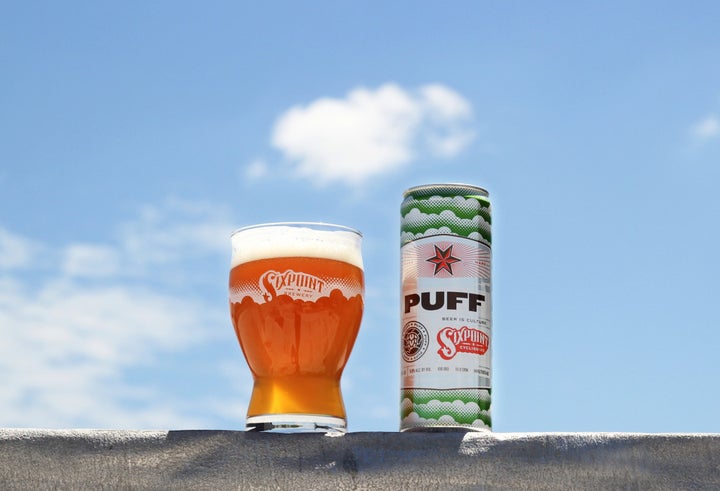
Many Northeast IPAs are hard-to-get, requiring a road trip. (Try this Vermont trek.) More widely distributed examples include Otter Creek Backseat Berner, a sweetly hazy stumble through pine forests and citrus groves, and Sixpoint Puff, as cloudy and resinous as a dorm room.
Moreover, the Northeast style has spread nationwide, with Colorado-based Odd13’s Caribbean-fruity Codename: Superfan and Portland brewery Great Notion doling out hazy, hardly bitter hop bombs like Ripe and Juice Box.
Problem: IPAs all taste the same
Fix: Seek out a new hop variety.
Pine trees. Citrus. Primo weed. Taste too many IPAs and they blur together like lunch at a cut-rate Chinese buffet. To escape the flavor fatigue, grab a pale ale or IPA humming with fresh varieties of hops, the flowers that impart bitterness, aroma, and flavor. Here are some hops to look out for:
Founders Mosaic Promise and Karl Strauss Mosaic Session IPA both showcase (you guessed it) Mosaic hops, which impart notes of blueberries, papaya, peaches, and pine.
Germany’s Mandarina Bavaria hop adds orangey complexity to beers such as Ska’s Modus Mandarina IPA (it also contains sweet orange peels).
Like watermelon Jolly Ranchers? You’ll love El Dorado hops, which star in Maine Beer Company’s A Tiny Beautiful Something and Stone Delicious IPA, a gluten-reduced beer also containing the citrusy Lemondrop hops.
New Zealand’s fruity Nelson Sauvin hops provide a white wine–like nuance in Widmer Brothers’ Upheaval IPA and SanTan Brewing’s MoonJuice, which also contains Australia’s peachy, melon-like Galaxyhops. Give it a go in Tasmanian IPA, from Schlafly, or Tallgrass 8-Bit Pale Ale.
Always want to be surprised by an IPA? Firestone Walker’s canned and bottled Luponic Distortion features a new blend of experimental hops every 90 days.
Problem: IPAs are too strong
Fix: Grab a session IPA—or six.
Over the years, the IPA’s baseline ABV has crept up to around 7 percent. Two or three pints can swirl eyes like peppermint candy. That’s to say nothing of the double, triple, and quadruple IPAs, rivaling Riesling and Cabernet for ABV supremacy.
Instead of sacrificing sobriety for flavor, breweries have created low-alcohol, high-aroma IPAs that are about as boozy as Bud Light—but about a million times more flavorful. Try Evil Twin Citra Sunshine Slacker, as bright and tropical as a Caribbean vacation; 21st Amendment Down to Earth, reminiscent of toast topped with berry jam; or a Founders’ citrus-spritzed All Day IPA, a party beer sold by the 15-pack suitcase.
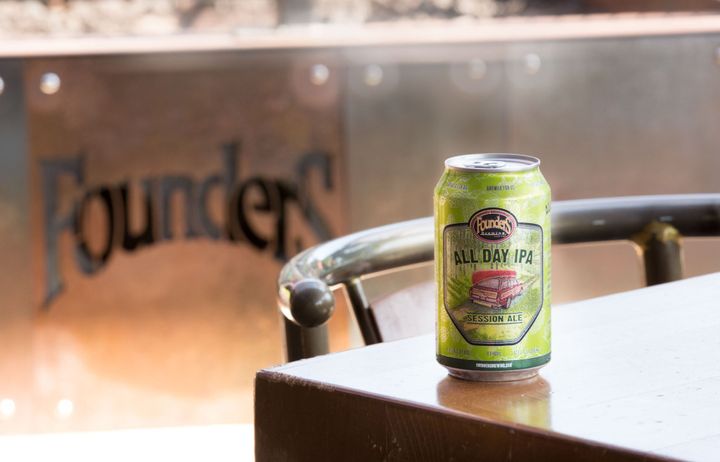
Problem: IPAs never, ever taste fresh
Fix: Check for the bottled- or canned-on date, or hit a brewery for a release.
To savor an IPA as the brewer intended, you should drink them close to their birthday.
Deciphering freshness used to be difficult, the date code a hieroglyphic string of numbers and letters. Increasingly, breweries utilize a simplified “best by” or “packaged on” code, commonly found on a beer bottle’s neck or label, or a can’s bottom. Generally speaking, IPAs are ideally enjoyed within 90 days. And seek out beers stored cold, far from sunshine.
Instead of stalking a delivery truck, you can also look for Stone’s Enjoy By series of IPAs. Their expiration dates—37 days after packaging—are built directly into the label, while Sam Adams similarly themed Rebel Raw double IPA has a 35-day shelf life.
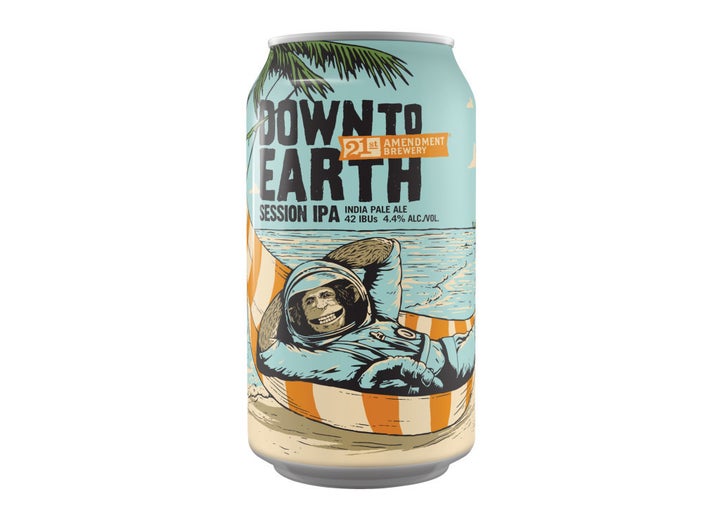
Problem: You don’t know what an IPA tastes like
Fix: Try a fruited IPA.
Buying IPAs has never been easier—or more mystifying. But labels don’t always accurately describe the liquid inside, sometimes leading to disappointment. To hedge your bets, look to the new breed of fruit-infused IPAs. Done deftly, adding blood oranges, grapefruit, or pineapple can accentuate the inherent fruity profile of hops. Fruited IPAs are never subtle, sure, but they are truth in advertising, a trusted commodity.
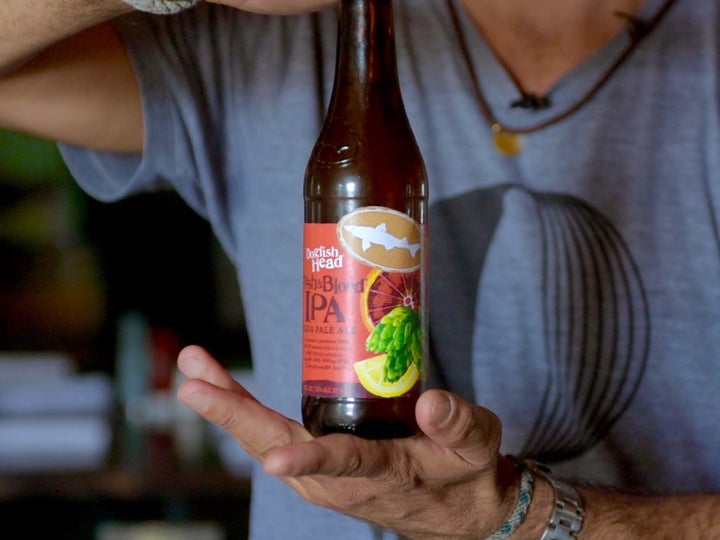
Try Dogfish Head’s brand-new Flesh & Blood, tart and zesty with lemon pulp and blood orange juice, and New Belgium’s Citradelic—a sweetly tropical love letter to tangerines. Also, Ballast Point has spun off several variants of its tropical Sculpin, including pineapple and grapefruit versions that taste like never-ending summer vacation.
More from Bon Appetit:
